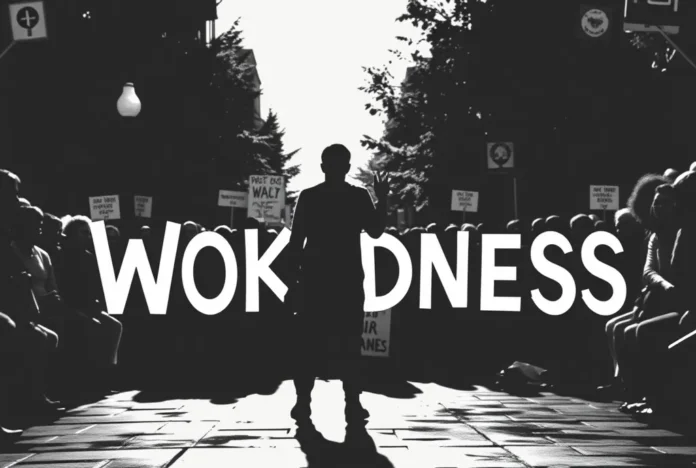In recent years, “wokeness” has led to a social shift, focusing on awareness and action around issues like racial injustice, gender inequality, and LGBTQ+ rights. At its core, wokeness aims to address inequalities and bring attention to ignored issues. However, as wokeness spreads, some argue it can sometimes limit open dialogue and diverse ideas. This article explores how wokeness, may unintentionally restrict free discussion.
Table of contents
The Rise of Wokeness: Progress with Side Effects
Originally, “staying woke” meant being aware of systemic injustices, especially for marginalized communities. As it gained popularity, wokeness encouraged scrutiny of biases in society, media, and language. This shift has brought positive change by making people, companies, and institutions more conscious of inclusivity.
However, as wokeness became mainstream, critics argue it sometimes pressures people to stick to widely accepted views. This pressure can limit the range of opinions people feel comfortable expressing. When individuals fear offending others, they may hesitate to speak openly. This fear can stifle real conversations and discourage critical thinking.
The Impact of Cancel Culture
One significant part of the wokeness debate is “cancel culture.” Those who stray from accepted norms or express controversial views may face backlash, sometimes to the point of being “canceled.” While accountability is crucial, critics argue that cancel culture can create an atmosphere where people avoid speaking freely. This fear can affect even minor mistakes or misunderstood statements, reducing open dialogue.
The pressure to self-censor, especially in workplaces, limits people from asking questions, sharing unique views, or joining constructive debates. This self-censorship can prevent full discussions on complex issues, limiting society’s ability to address root causes.
Safe Spaces vs. Echo Chambers
Safe spaces allow marginalized communities to discuss issues free from hostility. This is one of wokeness’s positive effects. However, if used too often, these spaces can turn into echo chambers. In echo chambers, dissenting opinions may be unwelcome, limiting debate. While safe spaces should protect individuals from hate, an extreme focus on comfort can prevent healthy disagreements.
In such settings, people may only hear ideas that match their beliefs, leading to polarization and weakening critical thinking skills. This environment can make individuals less prepared to engage with opposing perspectives, further limiting dialogue and increasing social division.
Balancing Sensitivity and Open Dialogue
How can society uphold the values of wokeness while also supporting open dialogue? It starts with recognizing the difference between harmful speech and legitimate debate. By encouraging respectful conversations, even on sensitive issues, we can create a space where diverse perspectives coexist.
For example, schools and workplaces can set policies to encourage free discussion while establishing boundaries against hate speech. In work settings, a culture of psychological safety—where employees feel free to express ideas without fear—can foster both inclusion and open dialogue.
Supporting Constructive Disagreement
Balancing wokeness and free speech also requires embracing constructive disagreement. Respectful disagreement is essential to progress. Learning to disagree without labeling the other person as “wrong” fosters a healthier exchange of ideas. This approach helps people critically examine their own beliefs and consider others’ perspectives, which builds mutual respect.
Media and Social Platforms’ Role
Media and social platforms shape how the public views wokeness and dialogue. By promoting nuanced discussions, these platforms can set a positive example, avoiding polarization. Social media algorithms, for instance, could prioritize content that encourages dialogue over content designed to spark anger. This change could support a more balanced and open public conversation.
Final Thoughts: Striking a Balance
Wokeness has driven important conversations and brought attention to ignored injustices, fostering a more inclusive society. Yet, for wokeness to fully succeed, it must coexist with open dialogue. When people feel free to share diverse viewpoints without fear, society benefits from richer exchanges and a deeper understanding of complex issues.
In the end, the goal isn’t to eliminate wokeness or oppose free speech. Instead, it’s to find a balance that allows both to thrive—creating a society that is both aware of injustice and ready to tackle difficult conversations.



